Physical Address
304 North Cardinal St.
Dorchester Center, MA 02124
Physical Address
304 North Cardinal St.
Dorchester Center, MA 02124

Pacifiers are a lifesaver for many parents. They soothe fussy babies, help them sleep, and satisfy their natural sucking instinct. But like any baby item that goes in their mouth, pacifiers can harbor germs. How to sterilize baby pacifiers? Regular sterilization is an important step in keeping your baby healthy.
This comprehensive guide explores why sterilization is important, different sterilization methods, and helpful tips for keeping pacifiers clean.
Babies’ mouths and immune systems are still developing. Germs and bacteria on a pacifier can make your baby sick. Regular sterilization helps kill germs and bacteria on pacifiers.
There is no one-size-fits-all answer to this question. Newborns and babies with weakened immune systems may need more frequent sterilization. In general, sterilize pacifiers before each use, especially in the first few months. Here are some additional times to sterilize:
Once sterilized, pacifiers remain germ-free for a limited time. If the pacifier touches anything unsanitized, it can become contaminated again. Store sterilized pacifiers in a clean, covered container.
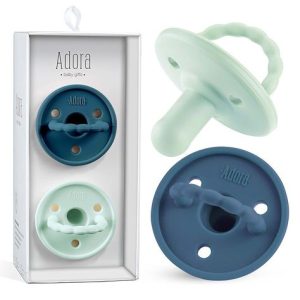
There are three main methods for sterilizing pacifiers: boiling, steam sterilization, and electric sterilization.
Boiling: This is a simple and effective way to sterilize pacifiers. Here’s how to do it:
Steam sterilization: This method uses steam to kill germs and bacteria. There are countertop steam sterilizers available, or you can use a microwave steam bag. Follow the manufacturer’s instructions carefully.
Electric sterilization: Electric sterilizers are a convenient option. They use electricity to heat water and create steam to sterilize pacifiers and other baby items. Follow the manufacturer’s instructions carefully.
Choose the sterilization method that best fits your needs and lifestyle.
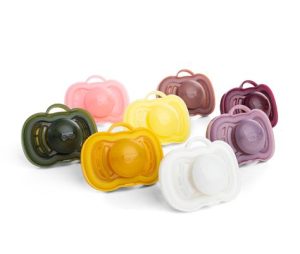
Wash your hands: Before handling pacifiers or sterilizing equipment, always wash your hands thoroughly with soap and warm water.
Inspect pacifiers before sterilization: Throw away any pacifiers that are cracked, torn, or sticky. Damaged pacifiers can harbor germs and should not be used.
Let pacifiers air dry completely: After sterilization, allow pacifiers to air dry completely on a clean surface before use.
Store pacifiers in a clean container: Keep sterilized pacifiers in a clean, covered container to prevent them from getting contaminated again.
By following these tips, you can help ensure that your baby’s pacifiers are clean and germ-free.
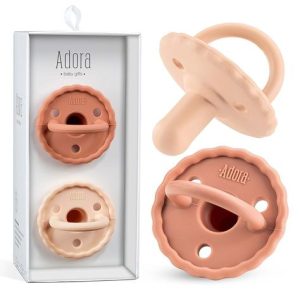
If you have any questions or concerns about sterilizing pacifiers, talk to your pediatrician. They can provide guidance based on your baby’s specific needs.
Sterilizing pacifiers is an important step in keeping your baby healthy. By following the tips in this guide, you can easily keep your baby’s pacifiers clean and germ-free.
Remember, the most important thing is to do what works best for you and your baby.
Focus on keeping your baby healthy and consult your pediatrician for personalized advice.
While sterilization is important, it’s not always practical to do it every single time your baby drops their pacifier. Here are some tips for keeping pacifiers clean between sterilizations:
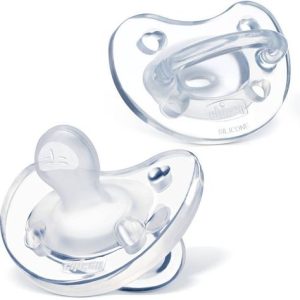
If you’re looking for alternatives to sterilization in certain situations, here are a few options:
Wash with soap and water: If your baby drops their pacifier on a clean surface like your shirt, you can quickly wash it with mild soap and warm water before giving it back to them.
Let it air dry: If time allows, let the pacifier air dry completely before giving it back to your baby. Sunlight can also help kill germs.
It’s important to note that these methods are not as effective as sterilization and should not be used as a replacement for regular sterilization, especially for newborns or babies with weakened immune systems.
Sterilizing pacifiers is an important step in keeping your baby healthy. By following the tips in this guide, you can easily keep your baby’s pacifiers clean and germ-free.
Remember, the most important thing is to do what works best for you and your baby. When in doubt, err on the side of caution and sterilize the pacifier.
Focus on keeping your baby healthy and consult your pediatrician for personalized advice on sterilizing pacifiers and keeping your baby’s pacifiers clean.
While sterilization eliminates germs and bacteria, it’s important to remember that it doesn’t create a sterile environment. Babies are exposed to germs through everyday interactions, and some exposure can help develop their immune system.
The goal of sterilizing pacifiers is to minimize the risk of exposure to harmful germs, especially for newborns and babies with weakened immune systems.
Here are some additional tips for safe and effective sterilization:
By following these tips, you can ensure that your sterilization practices are safe and effective for your baby’s pacifiers.
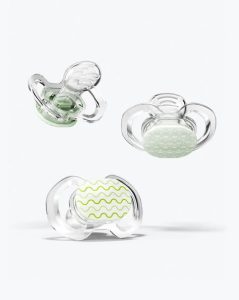
There are many factors to consider when deciding how often to sterilize pacifiers. Here are some questions to ask yourself:
Ultimately, the decision of how often to sterilize pacifiers is a personal one. There is no right or wrong answer.